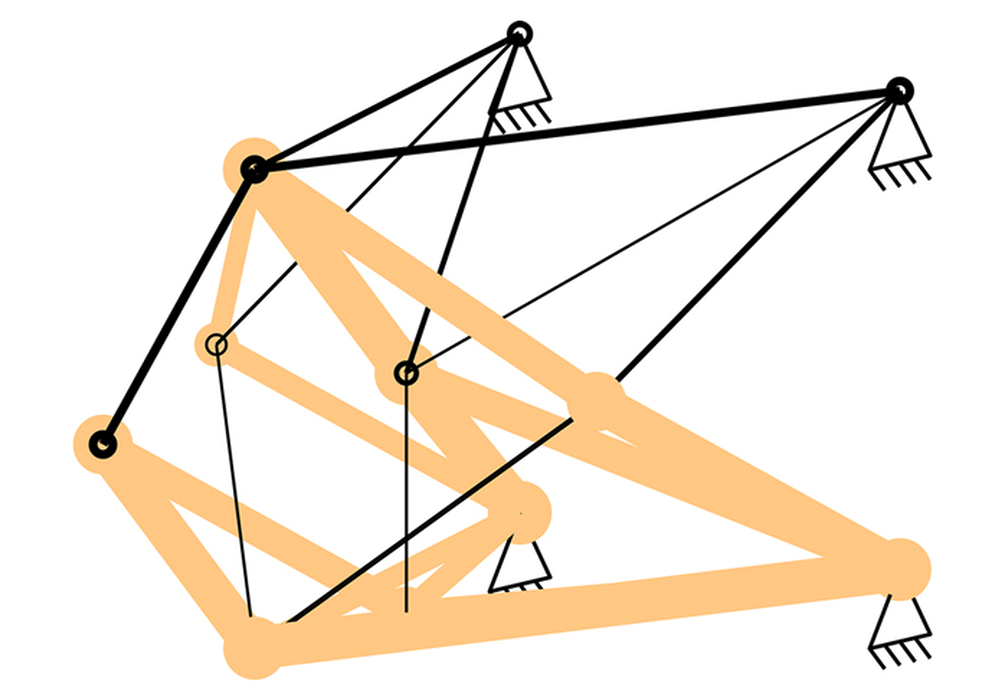
Computational tools that can aid architects and engineers to design truss structures to minimise embodied carbon while maintaining the building properties needed, have been developed by researchers at MIT.
Buildings are a huge contributor to climate change in both ongoing operational costs, as well as through the embedded carbon in the materials used to construct them.
Embodied carbon includes the fuel used in the material’s production – such as mining and smelting steel or felling and processing trees – as well as the carbon costs in transporting materials to site and the equipment used in the construction.
Truss support structures are typically made from wood or steel, or both. Researchers used a system called topology optimisation where the load and dimensions of the structure can be inputted and are then used to produce a design favouring different characteristics such as weight, cost, or climate change.
The analysis is published in Engineering Structures by graduate student Ernest Ching and MIT assistant professor of civil and environmental engineering Josephine Carstensen.
Carstensen argued that the tools would help designers choose materials more “smartly”, for the specifics of a project. Often in existing buildings “you will have timber where there’s compression, and where that makes sense, and then it will have really skinny steel members, in tension, where that makes sense. And that’s also what we see in our design solutions that are suggested, but perhaps we can see it even more clearly.”
However, the tools can be applied at different points from early planning or later in the final stages of a design.











